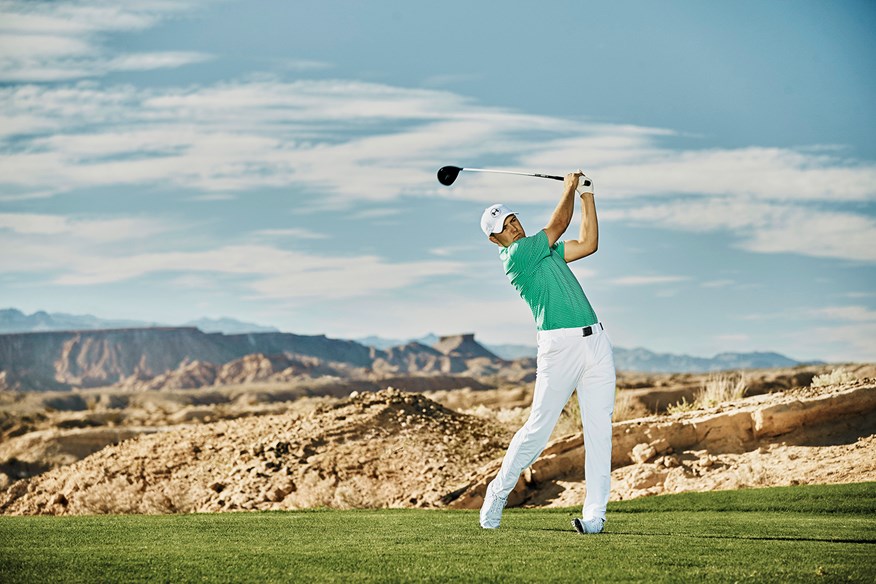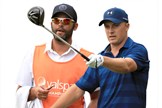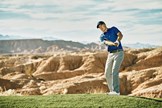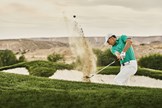16 things you can learn from Jordan Spieth
Last updated:
Jordan Spieth picked up his 3rd major title at Royal Birkdale, just a month after winning his 10th PGA Tour title at the Travelers Championship at TPC River Highlands – and both were pretty memorable.
At just 23-years-old Spieth became the second youngest player in history to reach the feat of 10 titles, sandwiching himself between two of the greatest golfers the world has ever seen -Tiger Woods and Jack Nickalus. And he followed that with another record at The Open less than a week before his 24th birthday, becoming the second youngest ever to win three legs of a grand-slam.
We recently caught up with Spieth for an exclusive chat about his game, and what you can learn from it…
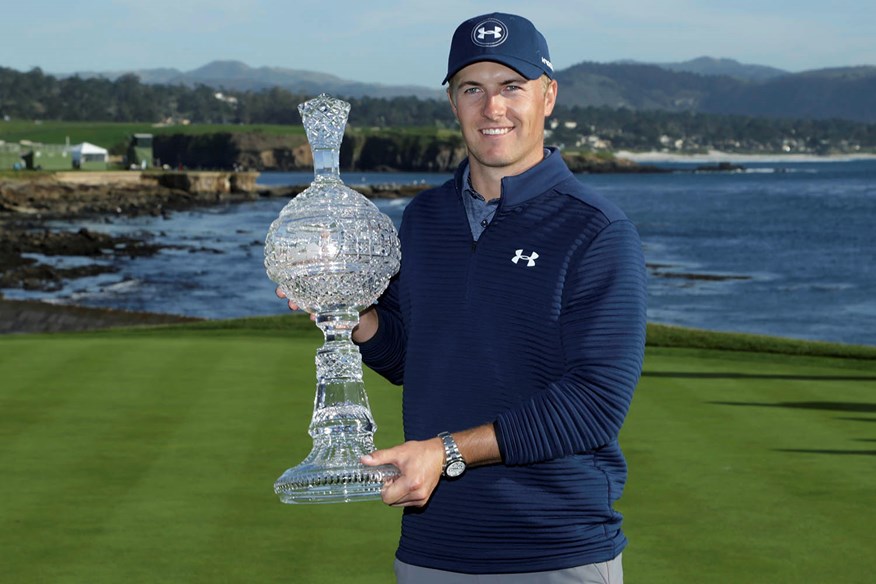
Routine is crucial. I like to do a couple of waggles behind the ball just to get my arms moving while I’m talking to Michael (Greller, caddie) about the shot. Then I step back, visualise the shot I want to hit and picture myself hitting it recently on the range or the course. As I’m stepping up to the ball the club goes down first, square to my target. I look up to align my feet and body square to my clubface and I like to have one swing thought.
From that point I like to be solely focused on the target, and have a ‘trigger’ before I start my swing. Then it’s a case of trying to rotate the clubface, rolling it open as I load into my right side in the backswing, and trying to get it back to square. That’s been my thought process for my good ball-striking going back to Hawaii in January and, to be honest, I haven’t reached a level where I don’t have to think about it yet. It’s a good thought for me.
When I’m chipping I try to keep my left wrist dead square through the ball. I’m comfortable hitting a 60° wedge on chip shots, being aggressive through the strike and taking a little divot. But on the basic chip and run, lots of amateurs would be better off hitting an 8-iron or similar, with the ball back in their stance.
The best tip I’ve ever had is tough to narrow down, but I always remember Ben Crenshaw telling me how crucial it is to work on my speed on the greens. Putting with him was very special and he stressed not to worry about my stroke, but focus on the speed. That’s good advice.
If I had to give amateur golfers a single tip it would be play to your strengths. You swing one way, there’s one ball flight. Don’t make things too complicated. My dad is a prime example: he finds the fairway just about every time with a little pull cut, but because he keeps on trying to hit a draw for whatever reason, maybe for added distance, he wrecks his scorecard! So stick to your strengths. If you’ve played golf virtually your whole life, but you’re not a low handicapper, I’d say make sure you stick to what works for you even if you can’t pull off a certain shot and somebody in your fourball can.
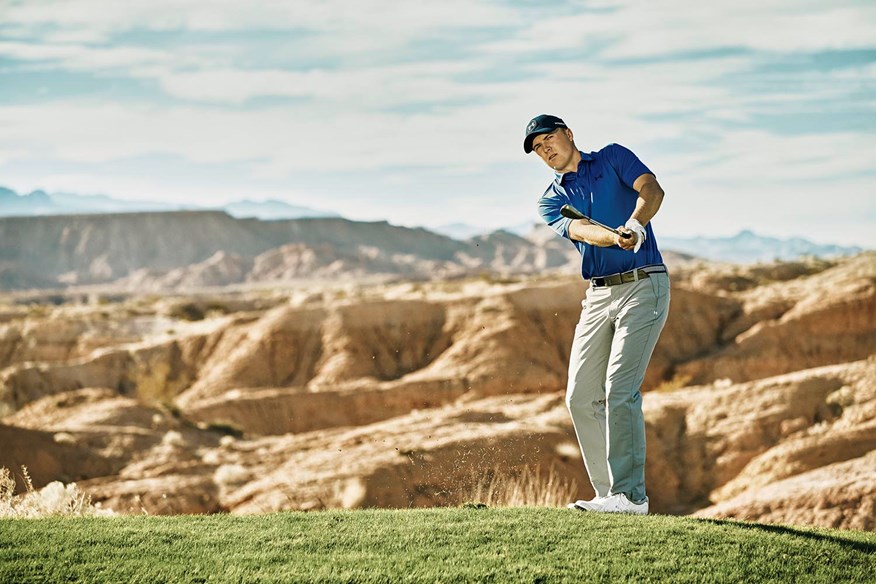
We got reports from golf statistician Mark Broadie on all the strokes gained from every category, from driving to putting. Coach Cameron narrows them down and asks questions before I even look at them, like what do you think about your play, your mid-iron play, what do you think about how you were off the tee, your wedge play and so on. I said I felt like my wedge play was average last season, and it was as average as any category that we had. We went over them all and figured out that specifically my wedge play needed to get better, proximity to the hole and up-and-down percentage, from 60-140 yards or so. We just nailed down specifics on what I needed to work on each week, and we picked a plan to go through each week.
How do I practise? Thursday through to Sunday I’d go to the putting green first and typically hit putts of six-eight feet dead straight, which gets me into a good rhythm. Then I hit putts a bit further from the hole and then chip shots and bunker shots before heading to the range. Finally, I’d come back and hit more mid-range putts from all over to get the feel of the green speed before going onto the course. So I’d go putt, chip, hit balls and putt again. I probably put the same amount of time into putting and chipping/wedges as the longer clubs, a third of my time for each.
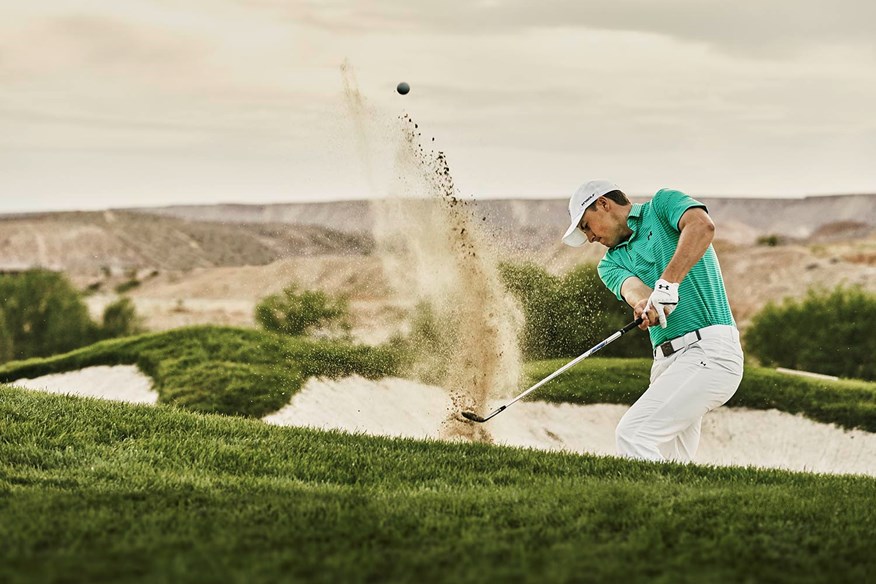
I know I’m not such a prodigious hitter as Rory or Bubba, but power and distance is not everything. The be-all-and-end-all is who signs for the lowest scores at the end of the day. In order to continue to improve, distance is obviously something we would like to make moves on, but at this stage in the season it’s not worth me trying to hit a big phase in the gym. I do some of that, strength and fitness Monday through to Wednesday, and during tournament rounds I’ll hit solid warm-ups to get everything activated.
Based on everyone I play with, I’d say we hit it quite a bit further than average on the PGA Tour and I don’t have an issue with it. It’s not a problem that has hurt me; it’s more that some guys have a significant advantage on par 5s and on certain golf courses here and there. It’s worth looking into… but it’s not something I am hurt about.
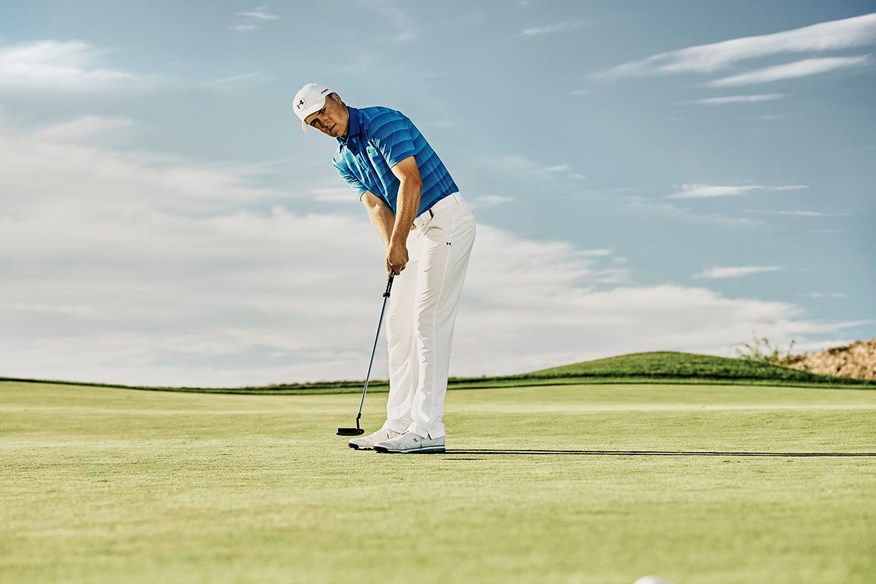
My mental attitude has changed quite a lot since I turned professional. I was feeling confident, like I could close out tournaments because I had gone up a few levels in that season. I’d got a job, got secure in the world rankings and could get into all the events I had dreamt of playing as a kid plus, of course, the opportunity to win them. At the same time, now I feel like we have an edge if we’re in contention. I wouldn’t have felt like we had an edge in 2014. Now I feel like we have an edge based on other players in contention, knowing we’re capable of closing it out.
Being top of the world rankings feels like any other points position. I don’t wake up in the morning with anything different happening to me. That’s about the extent of how special it is. You always want to stay on top and push yourself a little bit further. Sure, I reflected on how fantastic last season was, and then I sat down with coach Cameron McCormick and we looked at how we can improve, and we did that strictly by going over my playing statistics with every club in the bag.
It would be great to create a golfing legacy and I hope I’ve got about 40 years out here. I’ve just had my first half of my career, so there’s a long, long way to go. We’re just continuing on the long road – the month has changed, the year has changed. That’s all I’m thinking about.
You can’t rest on your laurels. The competition all around me is pretty fierce. It’s only a matter of time before Rory starts winning again; Jason is back on track; Rickie and Bubba are both playing well, while Adam Scott has achieved early-season back-to-back victories, so it’s extremely fierce. You’ve got the younger group to contend with plus the guys who are now in their 30s but are as experienced as anybody, so it’s going to be very tough to stay on top.
I started using my unconventional putting style (left hand low) when I was 14 or 15. I found it was very uncomfortable to square my arms and shoulders when I used a conventional putting grip; I’d have to almost work too hard and unnaturally opened up my right hand on the grip and it was just too difficult to be consistent. When I put my left hand below it just squared everything up right away. From there, it was just about making sure I could keep my shoulders level instead of having the left side a bit down. With the hands lower, I could keep my shoulders level and achieve a stable weight with a little bit more on the front foot (60-40 front to back). I started to feel really comfortable.
I started looking at the hole instead of the ball from close range because I was feeling tension in my hands, or getting too technical on shorter putts, especially straighter ones. I wasn’t rotating the clubface through the ball and I noticed that wherever I looked, I hit my ball there. My speed was very inconsistent, so that’s why I only did it on maybe up to four or five-feet straight putts because the speed doesn’t matter as much. I’d hit it on line and it would take the tension out of my hands, but I wouldn’t be any good if I did it from longer range.
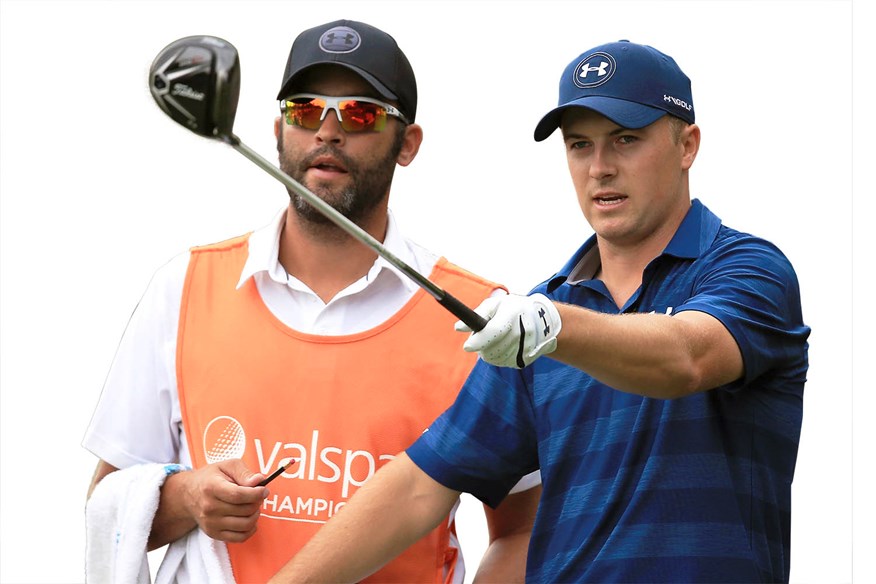
I’ve got a great team behind me. I may be the one hitting the shots and getting the credit, but I’ve a great team behind me – everybody gets stuff ready for us to play our best golf. We’re a company, a brand and we’re all competing together to achieve the same goal. We’ve got a great team (caddie Michael Greller, manager Jay Danzi, coach Cameron McCormick, trainer Damon Goddard) and no one’s scared of the next level, and that’s why we are where we are. It’s not just about me.
